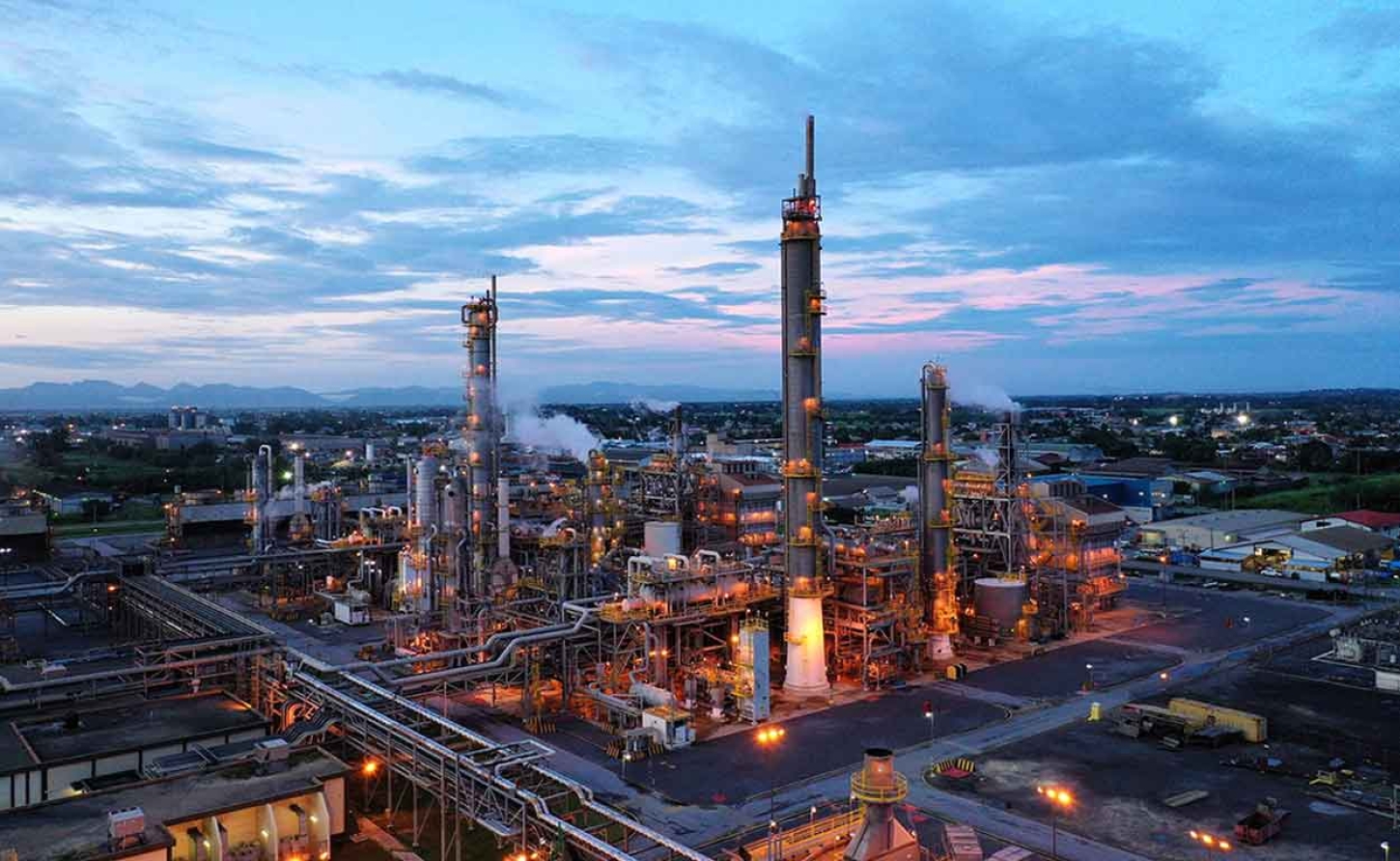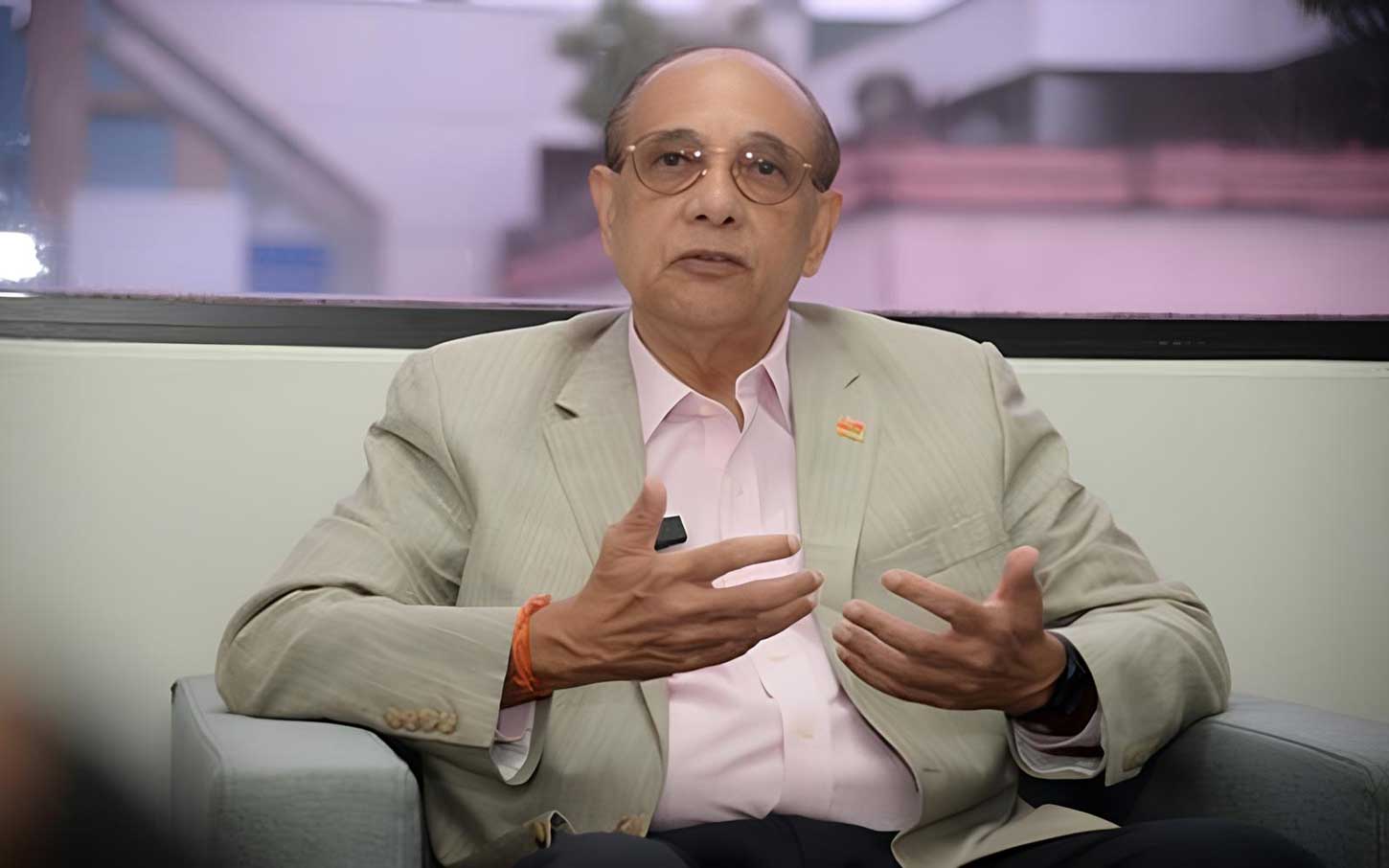Trinidad and Tobago's Foreign Exchange Crisis: The Numbers Don't Lie

New Central Bank Governor Larry Howai inherits a structural crisis decades in the making—but the data reveals uncomfortable truths about T&T's foreign exchange dependencies
PORT-OF-SPAIN, Trinidad and Tobago, July 30, 2025 - Central Bank Governor Larry Howai's recent admission that solving Trinidad and Tobago's foreign exchange challenges remains "some way off" represents more than diplomatic caution—it's an acknowledgment of a structural crisis that exposes the dangerous fragility of the nation's economic foundation.
The numbers paint a stark picture of an economy trapped by its own success story. Energy companies supply about 75% of foreign exchange, while energy exports contributed 85.7% of total exports in 2022.
This overwhelming dependence has created what economists call a "Dutch disease" scenario, where resource wealth paradoxically weakens other economic sectors.
The Energy Trap: A Dangerous Mono-Dependency
Trinidad and Tobago's foreign exchange crisis isn't about poor policy—it's about mathematical inevitability. The energy sector accounts for about 36% of nominal GDP but represents 81% of total exports and 55% of fiscal revenues.
This disproportionate reliance creates a vulnerability that no amount of monetary policy can fully address.
The crisis deepened when FX shortages increased in mid-2023, reflecting higher FX demand and a temporary decline of energy companies' repatriations due to value-added tax (VAT) refunds.
Energy companies, frustrated by bureaucratic delays in VAT refunds, began withholding foreign exchange from the official market—a rational business decision that devastated the broader economy.
Foreign exchange reserves have declined from $5,294.10 million in February 2025 to $5,272.10 million in March, while the country maintains 8.1 months of import cover as of July 2024.
These figures, though appearing healthy, mask the underlying structural problem: declining production capacity in a mature energy sector.
The Production Reality: Fields Running Dry

Daily natural gas production averages for EOG, bpTT and Woodside all fell in 2022 relative to 2021, despite higher global energy prices providing temporary revenue relief.
New projects like Shell's Colibri, DeNovo's Zandolie, and bpTT's Cassia offer hope, but these represent attempts to replace, not expand, declining production from aging fields.
The Dragon Gas Field, entirely within Venezuelan waters, provides external supply but doesn't address T&T's own production challenges.
Non-Energy Exports: The Underdeveloped Alternative
The government frequently touts diversification, but the data reveals the magnitude of the challenge. Non-energy manufacturing accounts for 95% of T&T's non-energy exports, yet these exports remain minuscule compared to energy earnings.
Trinidad and Tobago's top non-energy exports include methanol worth $1.77 billion and ferrous products worth $852 million—impressive figures that pale beside the energy sector's dominance.
The country exports to 115 countries but remains critically dependent on a handful of energy-intensive products.
Tourism, often cited as a diversification opportunity, tells a sobering story. Trinidad and Tobago received an estimated 402,058 visitors in 2011, representing just 2% of all Caribbean visitor arrivals.
While recent data isn't available, this sector's contribution to foreign exchange remains marginal compared to regional competitors.
The Foreign Investment Paradox
Foreign direct investment net inflows were -5.68% of GDP in 2023—a negative figure indicating more capital leaving than entering. This represents a damning indictment of investor confidence in T&T's economic prospects beyond energy.
Companies and individuals that collect foreign currency prefer to maintain their accounts outside of Trinidad and Tobago, and those with foreign currency accounts in Trinidad and Tobago are hoarding forex.
The European Business Chamber reports that the black market is thriving and quite open, with importers willing to pay rates of 7, 7.3, or even higher versus the official 6.75.
Governor Howai's Impossible Mission
Howai's acknowledgment that solutions require "mechanisms to bring demand and supply into equilibrium" understates the challenge. The fundamental problem isn't monetary policy—it's an economy structurally dependent on a declining resource base.
The IMF has encouraged authorities to remain vigilant and stand ready to increase the monetary policy rate should potential capital outflow risks intensify. However, higher interest rates would further discourage the non-energy investment needed for diversification.
The Central Bank's recent initiatives, including providing FX to small-and medium-sized enterprises through a new facility at the Export-Import Bank, represent well-intentioned patches on a structural fracture.
The Uncomfortable Truth
Governor Howai's honesty about the timeline for solutions reflects the mathematical reality facing Trinidad and Tobago.
With energy production declining, non-energy exports remaining marginal, and foreign investment flows negative, the foreign exchange crisis isn't a temporary imbalance—it's the inevitable result of an economy that failed to diversify during its resource boom.
The solution exists in theory: massive investment in manufacturing, technology, agriculture, and tourism to create alternative foreign exchange sources.
In practice, this requires the kind of long-term economic transformation that typically takes decades, not the quick fixes demanded by an economy already in crisis.
Howai's admission that solutions are "some way off" may be the most honest assessment T&T has heard from its monetary authorities.
The question now is whether the country's political leadership is prepared to acknowledge—and act on—the same uncomfortable truths the numbers reveal.
-30-

 En
En  Ar
Ar